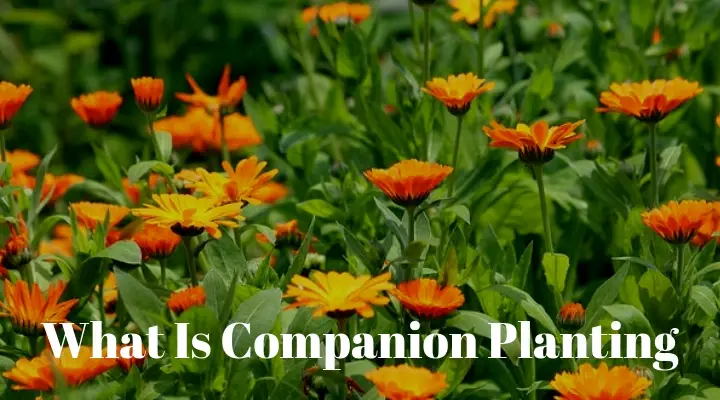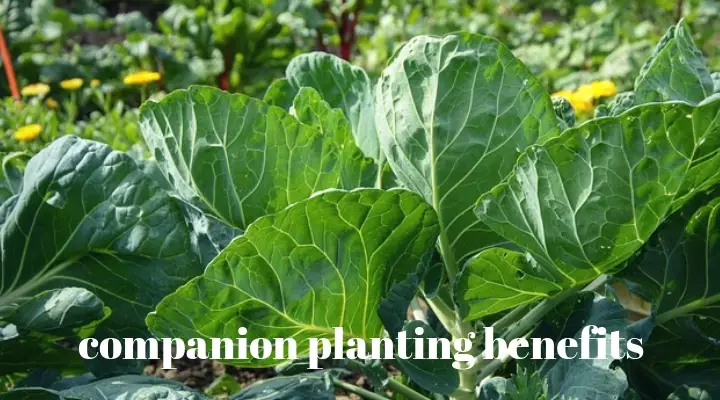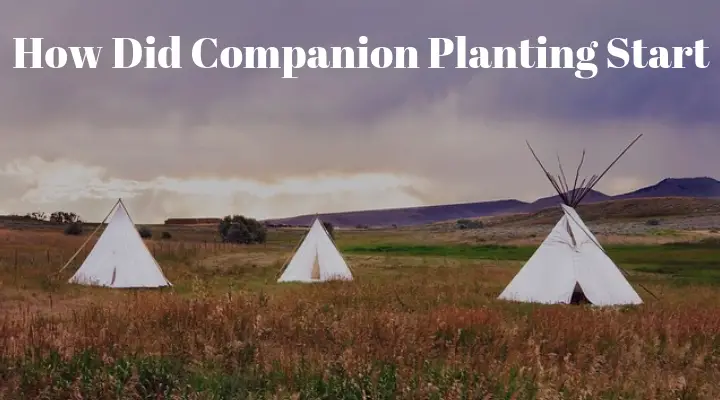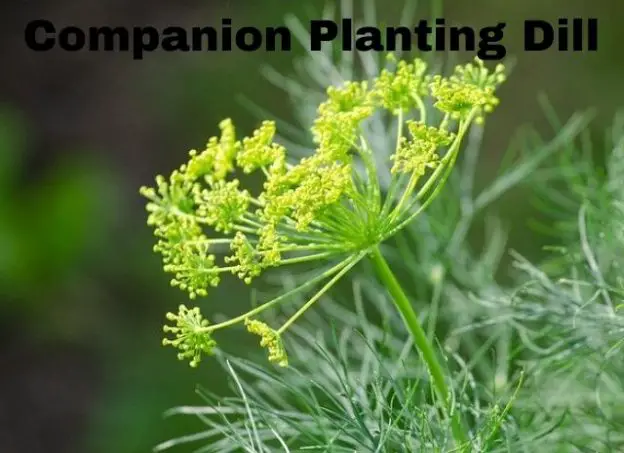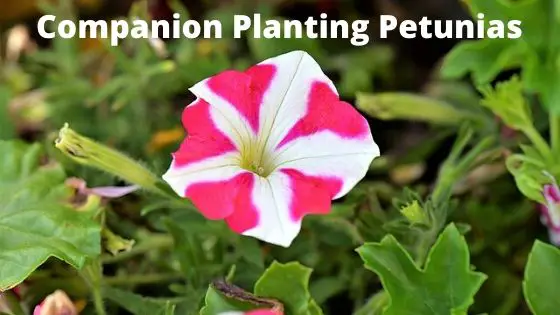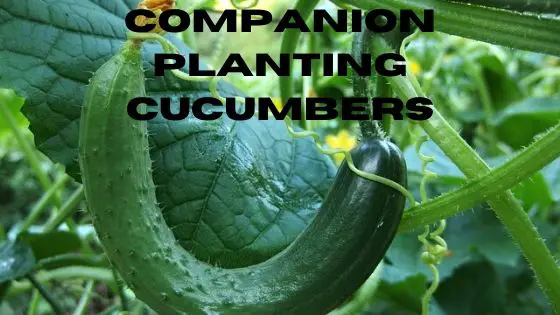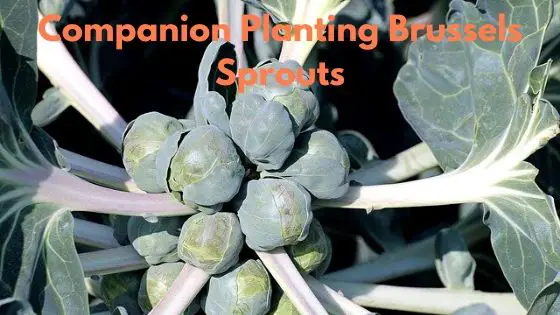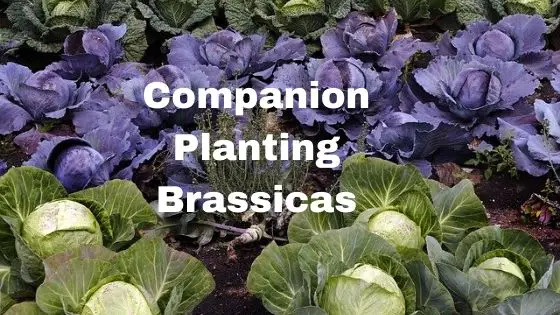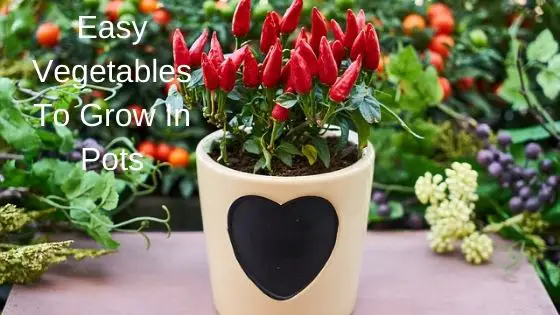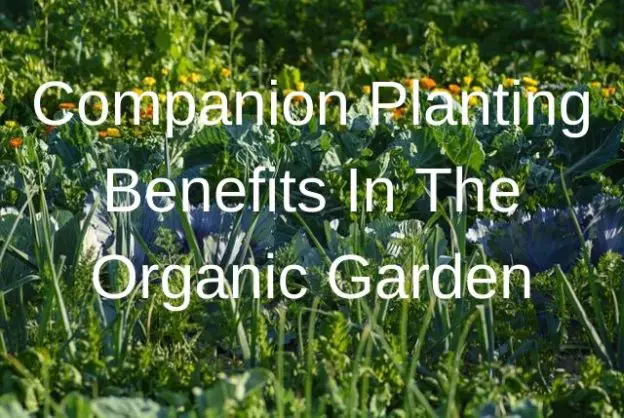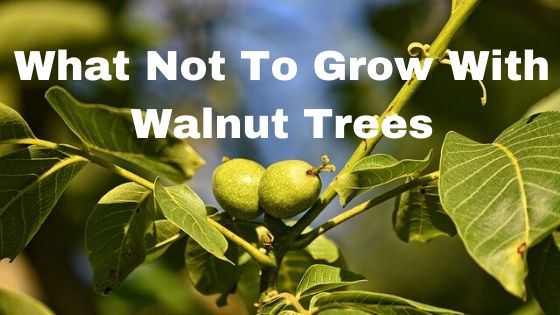What To Plant With Delphiniums
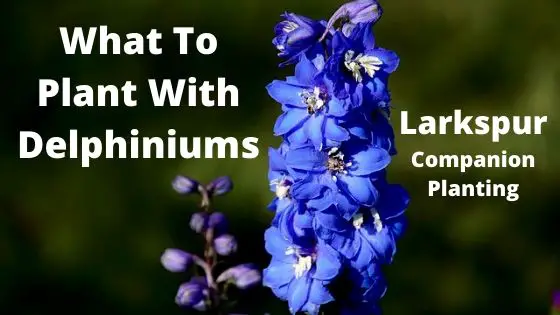
Delphiniums have the common name of Larkspur, so this post could also be called what to plant with delphiniums/larkspurs. It used to be thought that delphiniums were perennials and larkspur annuals, but this has been disproved by scientists. Ranging in size from 1 foot to 7 foot tall, and in colour from pink, blue, red, or white flowers, they make attractive garden plants. Where Do Delphiniums Originate? Delphiniums are found throughout the Northern hemisphere and in mountainous regions of Africa. The Ancient Greeks supposedly named them because the flower shape reminded them of dolphins. In Mountainous regions of the United… → Read More

